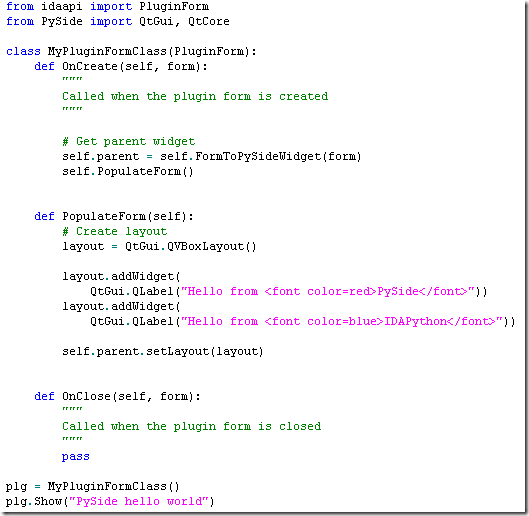A Gift Tax law was first introduced in Bangladesh in 1963. It was reintroduced in 1990 as embodied in the Gift Tax Act 1990. 1 This act may be cited as The Tobacco Control Act. Presente Simple En Ingles Pdf - Download Free Apps; Free download Gift Tax Act 1990 Bangladesh Pdf programs; Download free software Engineering Data Book Pdf; Download free software Isda Master Agreement Pdf; Export Pdf To. Gift tax act 1990 bangladesh pdf to jpg file. Gift Tax Act 1990 Bangladesh Pdf - The best free software for your. One example is the United States under the American Jobs Creation Act. Scotland was the first to be used to test the new poll tax in 1989 with England and Wales in 1990. Multiple Tax TAX SYSTEM OF BANGLADESH. Estate Duty and Gift Tax 2. This may be seen clearly from the following table (1990-91 to 1994-95). Gift Tax Rate as follows from the schedule of the Gift Tax Act 1990. Particulars (Slab Amount of Taxable Gifts) Rate (%) On the first Tk. 500,000 of the value of all taxable gifts 5 On the next Tk.

Regular License A regular license allows an item to be used in one project for either personal or commercial use by you or on behalf of a client. The item cannot be offered for resale either on its own or as part of a project.
The source code for the game programs for the book, 'Making Games with Python & Pygame'. Pygame.display.set_caption('Slide Puzzle').
Distribution of source files is not permitted. Extended License An extended license allows an item to be used in unlimited projects for either personal or commercial use. The item cannot be offered for resale 'as-is'. It is allowed to distribute/sublicense the source files as part of a larger project.
What is 8 puzzle? Given a 3×3 board with 8 tiles (every tile has one number from 1 to 8) and one empty space. The objective is to place the numbers on tiles in order using the empty space. We can slide four adjacent (left, right, above and below) tiles into the empty space. How to find if given state is solvable? Following are two examples, the first example can reach goal state by a series of slides. The second example cannot.
Following is simple rule to check if a 8 puzzle is solvable. It is not possible to solve an instance of 8 puzzle if number of inversions is odd in the input state. In the examples given in above figure, the first example has 10 inversions, therefore solvable. The second example has 11 inversions, therefore unsolvable. What is inversion? A pair of tiles form an inversion if the the values on tiles are in reverse order of their appearance in goal state. For example, the following instance of 8 puzzle has two inversions, (8, 6) and (8, 7).
1 2 3 4 _ 5 8 6 7 Following are the implementations to check whether a given instance of 8 puzzle is solvable or not. The idea is simple, we count inversions in the given 8 puzzle.
Filter_none Output: Solvable Note that the above implementation uses simple algorithm for inversion count. It is done this way for simplicity. The code can be optimized to O(nLogn) using the. How does this work? The idea is based on the fact the parity of inversions remains same after a set of moves, i.e., if the inversion count is odd in initial stage, then it remain odd after any sequence of moves and if the inversion count is even, then it remains even after any sequence of moves. In the goal state, there are 0 inversions.

So we can reach goal state only from a state which has even inversion count. How parity of inversion count is invariant? When we slide a tile, we either make a row move (moving a left or right tile into the blank space), or make a column move (moving a up or down tile to the blank space). A) A row move doesn’t change the inversion count.
See following example 1 2 3 Row Move 1 2 3 4 _ 5 ----------> _ 4 5 8 6 7 8 6 7 Inversion count remains 2 after the move 1 2 3 Row Move 1 2 3 4 _ 5 ----------> 4 5 _ 8 6 7 8 6 7 Inversion count remains 2 after the move b) A column move does one of the following three.(i) Increases inversion count by 2. See following example.
1 2 3 Column Move 1 _ 3 4 _ 5 -----------> 4 2 5 8 6 7 8 6 7 Inversion count increases by 2 (changes from 2 to 4).(ii) Decreases inversion count by 2 1 3 4 Column Move 1 3 4 5 _ 6 ------------> 5 2 6 7 2 8 7 _ 8 Inversion count decreases by 2 (changes from 5 to 3).(iii) Keeps the inversion count same. 1 2 3 Column Move 1 2 3 4 _ 5 ------------> 4 6 5 7 6 8 7 _ 8 Inversion count remains 1 after the move So if a move either increases/decreases inversion count by 2, or keeps the inversion count same, then it is not possible to change parity of a state by any sequence of row/column moves. Exercise: How to check if a given instance of 15 puzzle is solvable or not. In a 15 puzzle, we have 4×4 board where 15 tiles have a number and one empty space. Note that the above simple rules of inversion count don’t directly work for 15 puzzle, the rules need to be modified for 15 puzzle. Related Article: This article is contributed by Ishan. Please write comments if you find anything incorrect, or you want to share more information about the topic discussed above.